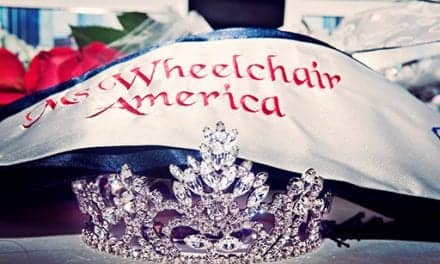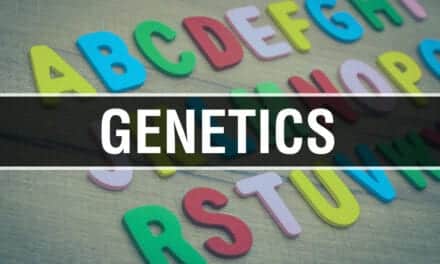New research and new collaboration are the goals for the University of Houston’s department of health and human performance (HHP) as its Laboratory of Integrated Physiology (LIP) expands to the National Center for Human Performance in the Texas Medical Center (TMC).
"This opens the door to other investigators within the Medical Center who are working in similar areas of motor behavior," says Charles Layne, professor and department chair.
The National Center for Human Performance was founded in 2004 with the goal of maintaining and enhancing human performance in the arts, sports, space exploration, military, and in the public, through the ethical and appropriate applications of research and education in medicine and related sciences. The department’s LIP is the first occupant at the center. Its advisory board members include astronauts, former athletes, an Olympic coach, and representatives from many TMC entities.
The LIP is a fully equipped human performance, physiology, biochemistry laboratory capable of performing a wide variety of testing and analyses, ranging from the cellular and molecular levels up to the organ and systems levels. The cross-disciplinary expertise among the LIP researchers allows integrated study of the musculo-skeletal, cardiovascular, nervous, and immune systems using biochemical, physiological, and engineering approaches.
Research investigates normal and abnormal sensory-motor control of balance and locomotion, with applications to aging populations and space flight.
Assistant professor Adam Thrasher investigates biomechanics and electrical stimulation of paralyzed muscles to restore function. Thrasher works with spinal cord injury patients and those with Parkinson’s disease. His research has used imaging software to measure the pressure exerted in the gluteus muscles when a spinal cord patient sits for prolonged periods. Currently, he and his team are investigating walking function in those with incomplete spinal cord injuries.
Assistant Professor Jian Liu investigates gait analysis and the biomechanics of slips and falls. Lieu conducts occupational studies to calculate the fall-risk assessment in the elderly or those with mobility challenges. Using "fall event detection technology," Liu examines how the elderly and those with walking difficulties can prevent falls and the injuries related to falls.
[Source: Medical News Today]




